Nicholas Gill sails across Ecuador’s Galapagos Islands in search of some unique wildlife.
I was in Puerto Rico not long ago and visited one of the famous bioluminescent bays on the island’s south side. It was interesting, but I was a little disappointed at how dim the bioluminescent plankton was. It was hardly noticeable. I had to squint my eyes to make sure the shimmer of light wasn’t just a reflection of the moon. At night in the Galapagos on Ecoventura’s MY Eric, en route to my cabin, I looked out over the hull of the ship where the waves crashed against it. It was shimmering bright, as if a star had fallen in the sea. The bioluminescence was far brighter than I ever expected it could be.
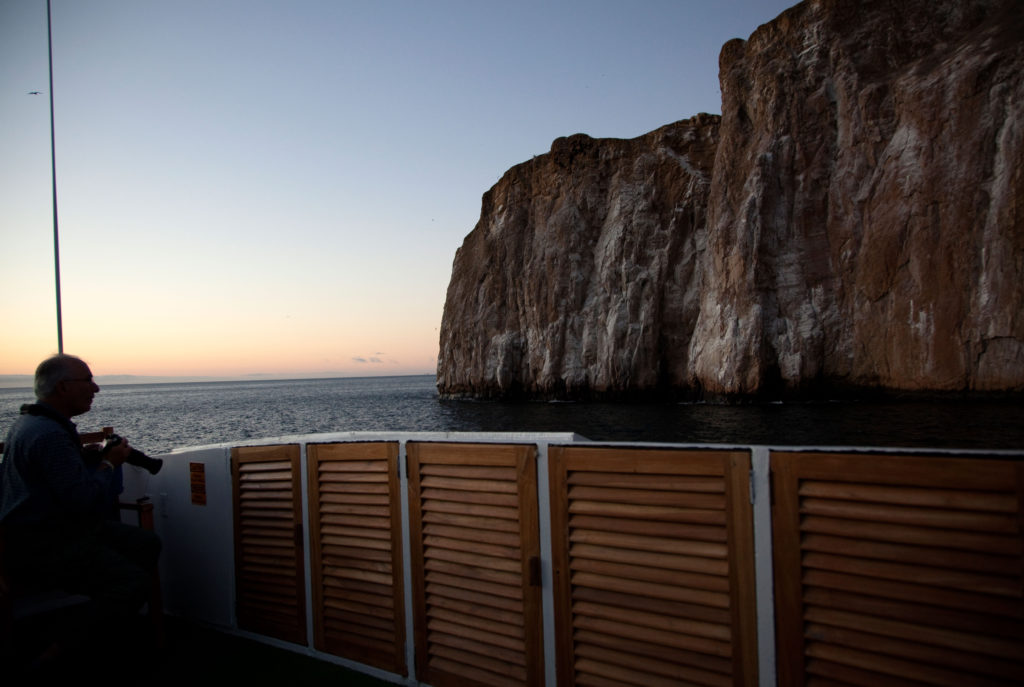
Enchanting wildlife
Everyone has an idea of the wildlife here, but until you set foot on this magical archipelago you can’t quite understand just how singular and special and all encompassing it is. Here, there are gulls whose eyes glow red to attract squid to the surface of the water. Tortoises, three times the size of men, live to be two hundred years old. Flightless birds dive under the water for minutes at a time and iguanas swim. Straddling the equator, 600 miles off the coast of Ecuador, the Galapagos is a result of being not only a geological hotspot, but the meeting place of three different ocean currents: the cold Humboldt current, the cold Cromwell current, and the warm Panama current. The island chain consists of 13 main islands, six smaller islands, and more than 100 rocks and islets, though only 70 sites which are opened and closed as necessary – are open to visitors.
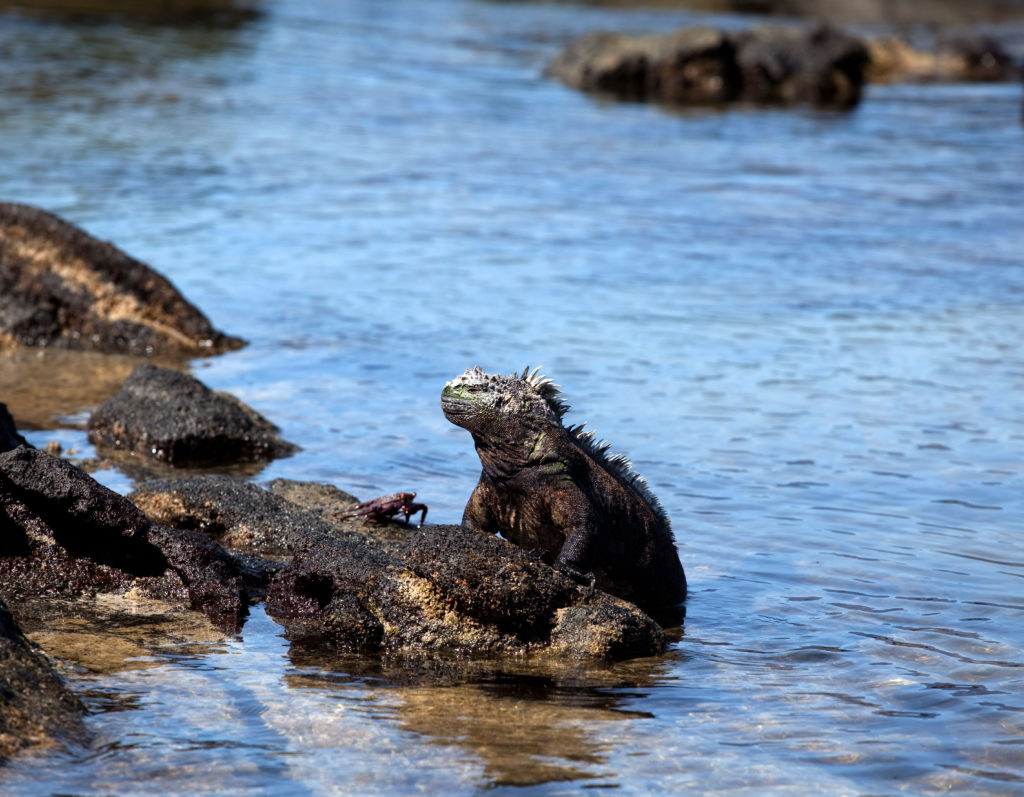
San Cristobal
I hadn’t even set foot on the ship before encountering sea lions and boobies. Lucky break, I thought. The Eric’s first stop was a remote beach on San Cristobal. A dozen or so sea lions were there. As the zodiac, or panga as they call it here, reached the beach, everyone rushed out to take photos of them. In my head I was thinking these might be the last sea lions I see on the trip, so I better get good shots. How naïve. At sunset, we sailed around Kicker rock. A colony of Nazca boobies sat on the cliffs. The sun ducked behind the horizon and the sky changed from red to purple to stars.
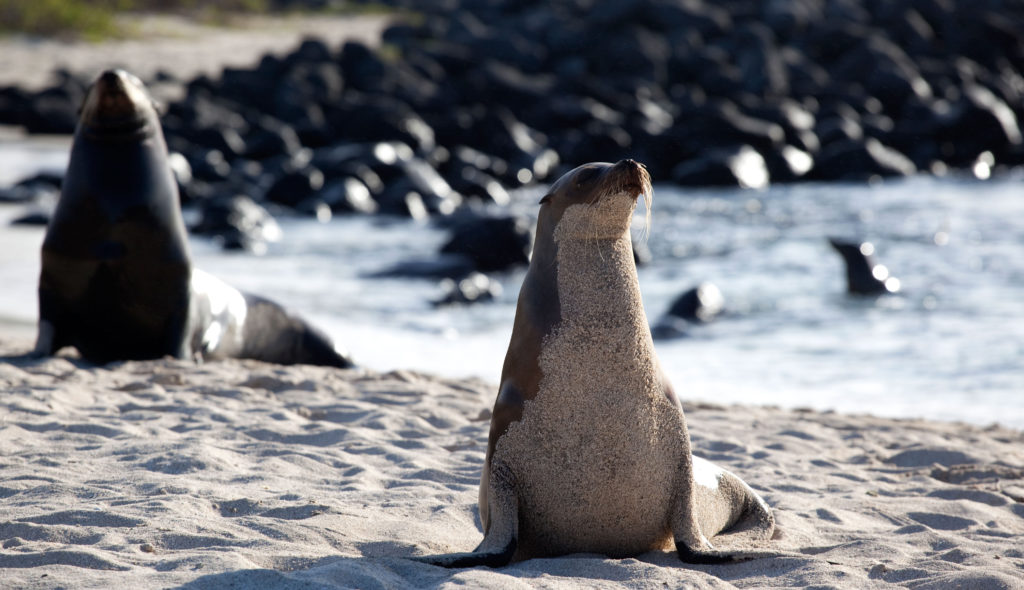
Genovesa
Genovesa, one of the furthest out islands, served as my introduction to boobies. You come to know them well in the Galapagos. There are three basic kinds: Nazca or masked, Blue-footed, and Red-footed. The Red-footed, the only ones who sit in trees, are the most common, with 100,000 pairs, though they are more remote so not everyone sees them. In comparison, there are 50,000 pairs of Nazca boobies and just 12,000 pairs of Blue-footed boobies, though because of their locations, the latter are seen often. In a short walk from the beach, there were dozens of pairs along with a few Frigate birds as well. They don’t move when you are near.
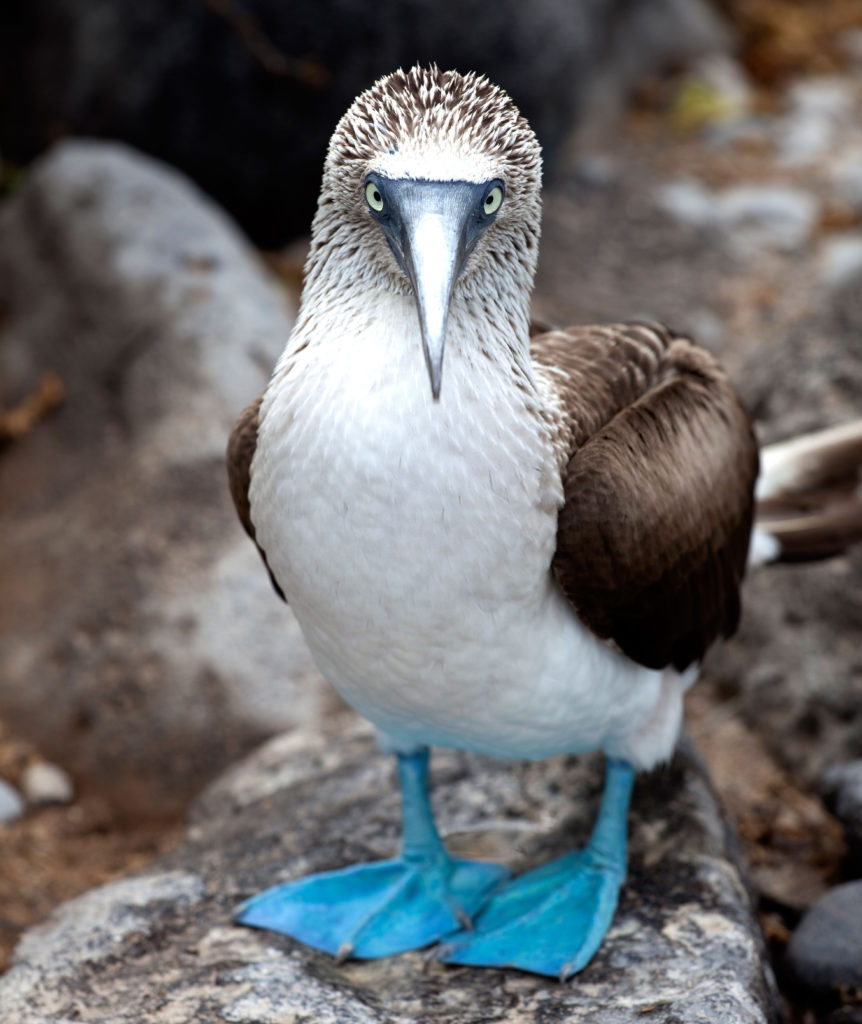
They don’t squawk. They don’t turn their heads. It’s a photographers dream. They pose. They hold still. I took a macro lens out of my bag, something I never would dream of using to take a photo of a bird, and took close-ups of feathers. You don’t even need a zoom lens here. There was a joke on the Eric that if you don’t get a good photo you didn’t bring a camera.
Fernandina
At Fernandina, as we traversed the volcanic shore, a Galapagos Hawk flew past us and landed on a dried lava bed not far away. We edged closer and took some photos – then closer, and closer, and closer to the point where a disposable point-and-shoot camera could fill the frame with entire hawk. It knew we were there, but didn’t move. For several minutes, we snapped away until he flew off to hunt for baby iguanas in the rocks. In 1835, a 26-year-old naturalist named Charles Darwin, on a globe circling voyage on the HMS Beagle, stopped at four islands in the Galapagos archipelago, spending just five weeks there altogether. He noted strange populations of animals, many of which were endemic to their specific island and took little regard of humans. That short visit would change life on earth as we know it; over the next twenty years, he would develop his theory of evolution and write On the Origin of Species by Means of Natural Selection.
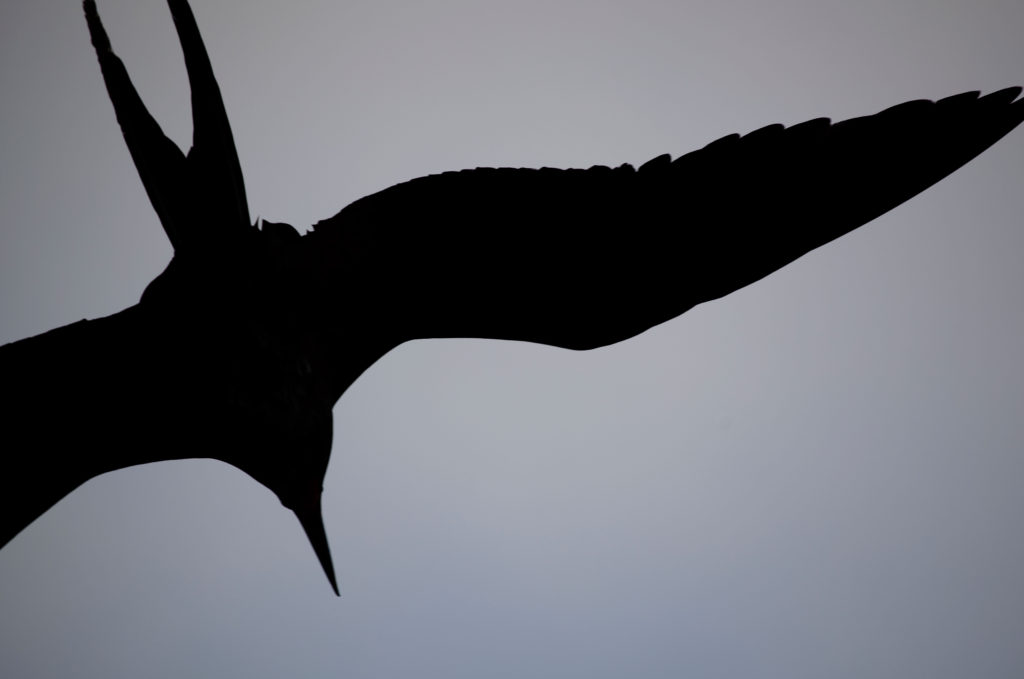
Bainbridge Rock
One by one, the itinerary hit the islands, each more fascinating than the last. At Bainbridge Rock, the Eric nearly butted up almost right against the edge of a caldera so we could peer inside. Fernandina & Isabella Islands brought flightless cormorants, Blue-footed Boobies, Galapagos penguins, reef sharks, and Sally Lightfoot crabs. At Bartolomé, which American astronaut Buzz Aldrin called the closest thing to a moonscape on earth that he has seen, we hiked up the volcanic landscape to a miraculous view of Pinnacle Rock.
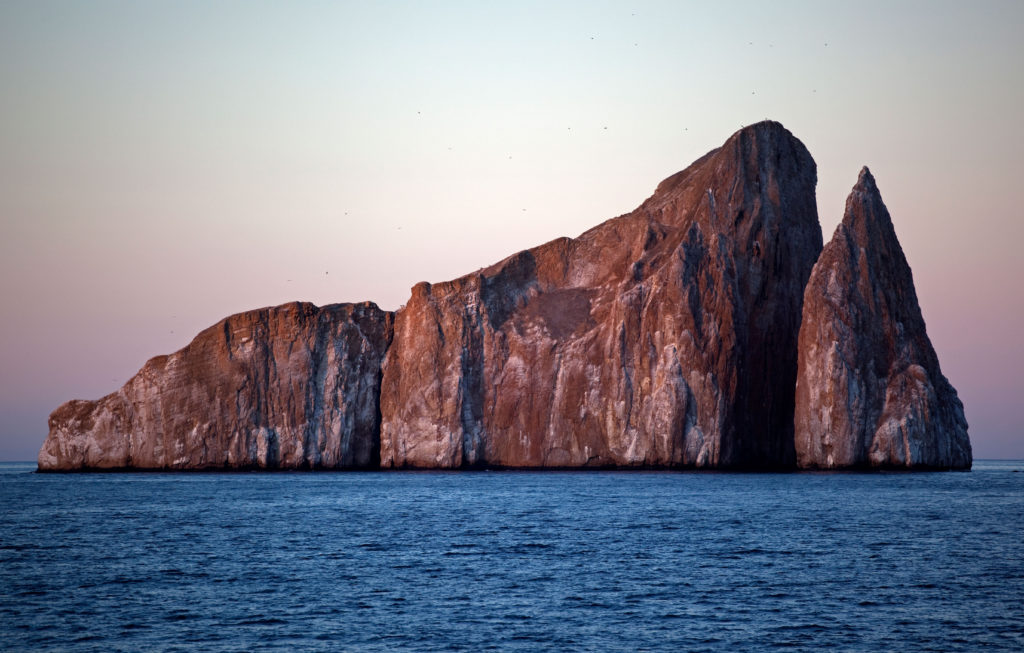
At North Seymour Island, we were confined to a set path between colonies of Blue-footed Boobies and Frigate Birds (both Great and Magnificent). The frigates were nesting and a few had their bright red pouches puffed out. A couple of years ago, UNESCO added the archipelago to its list of endangered heritage sites. The population has more than doubled in the past two decades; the 526 invertebrates, 750 plants, and 29 species of vertebrates, including six species of birds, that had been introduced in the islands had caused detrimental effects; sea cucumbers and shark fins were being sold illegally to China; and tourists, yes tourists, were coming uncontrolled on cheap tours and larger and larger cruise ships with little concern for the environment.
Puerto Ayora
The largest town in the Galapagos, Puerto Ayora, is home to nearly all of the hotels in the archipelago, shopping boutiques and fine dining, and, most importantly, the Charles Darwin Research Station. Lonesome George, the very last species of the Pinta Island tortoise, lives in a corral at the station. He’s approaching 100 and has yet to produce an offspring. They’ve attempted to breed George with two other females that live in his corral, but thus far haven’t had any success. Perhaps more than any other creature in the Galapagos, the tortoises are the most emblematic. They can be found on several islands (there are 11 sub-species), the majority of their habitats are in hard to reach locations such as the center of extinct volcanic craters that usually are off-limits to tourists. On Santa Cruz, our Day 6 stop, they are easily spotted in the highlands. In the Voyage of the Beagle, Darwin tells of how he would follow a walking turtle for a long time and it would not be until he walked right out in front of it that it would realize he was there and quickly hiss and pull its head and legs into the safety of its shell. We visited a private farm that happens to be on the wild tortoises walking path. Dozens were spread around the property. Some walked; some ate; some sat in muddy ponds. When you get in front of them, as Darwin said, they would withdraw into their shells.
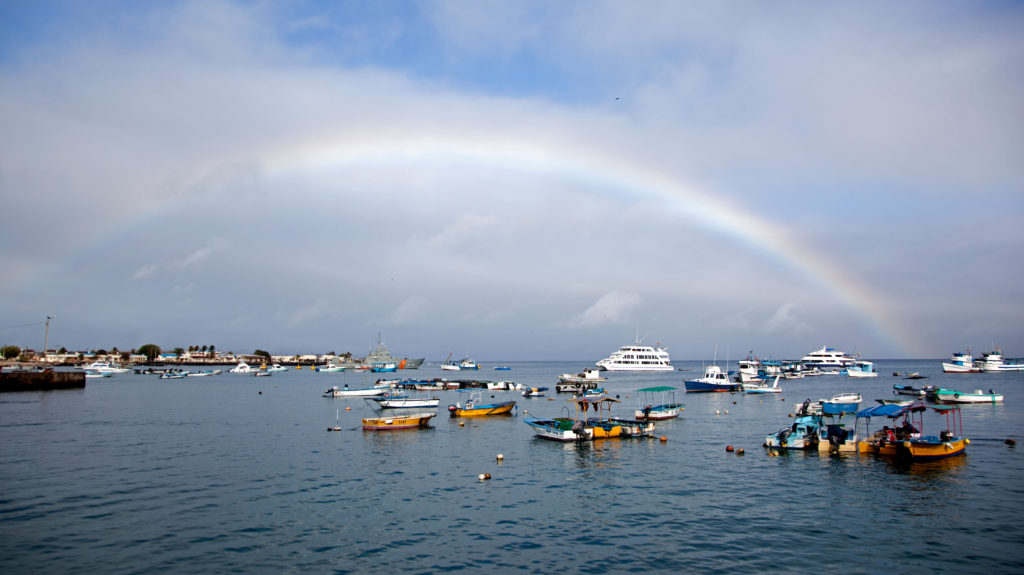

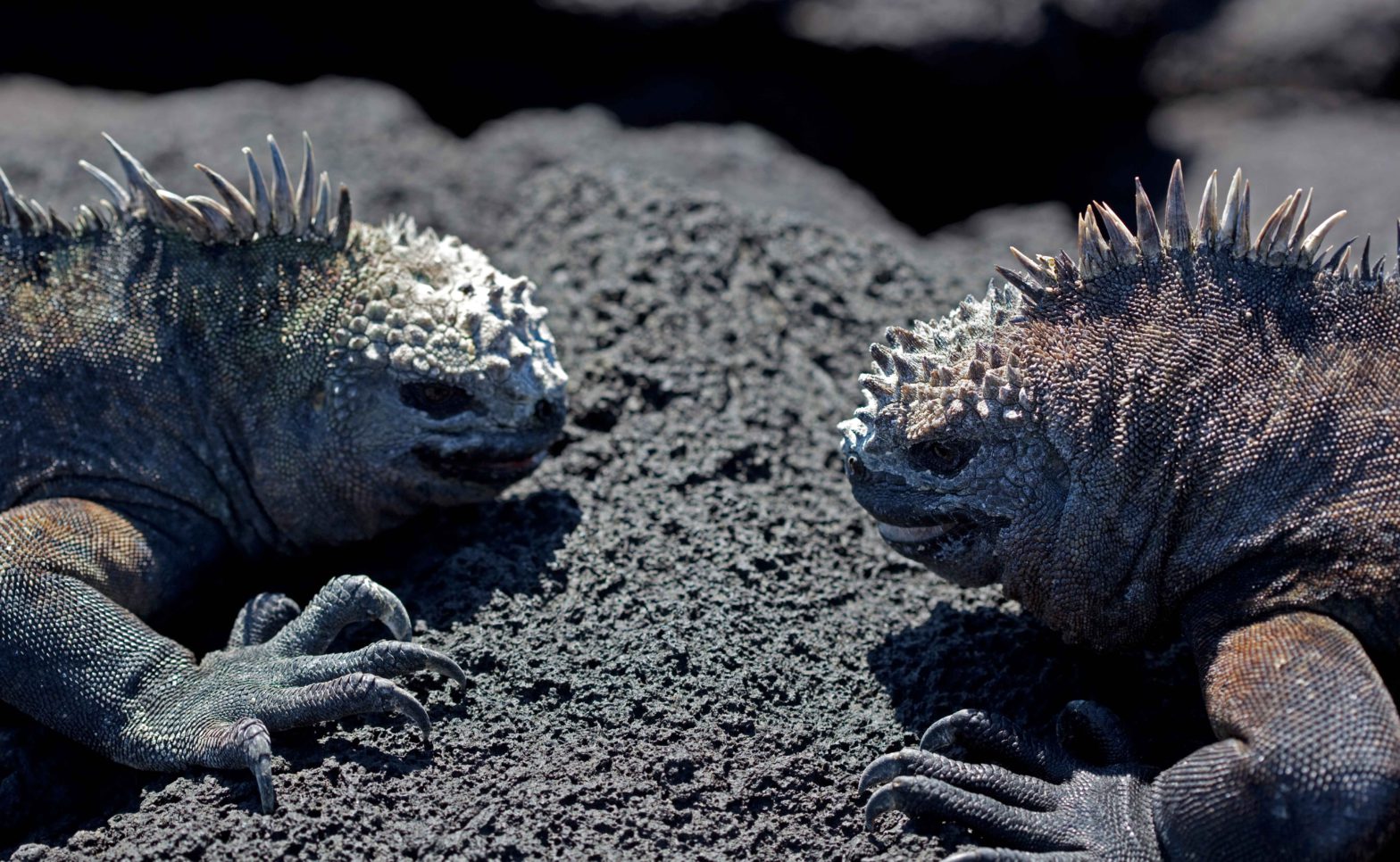
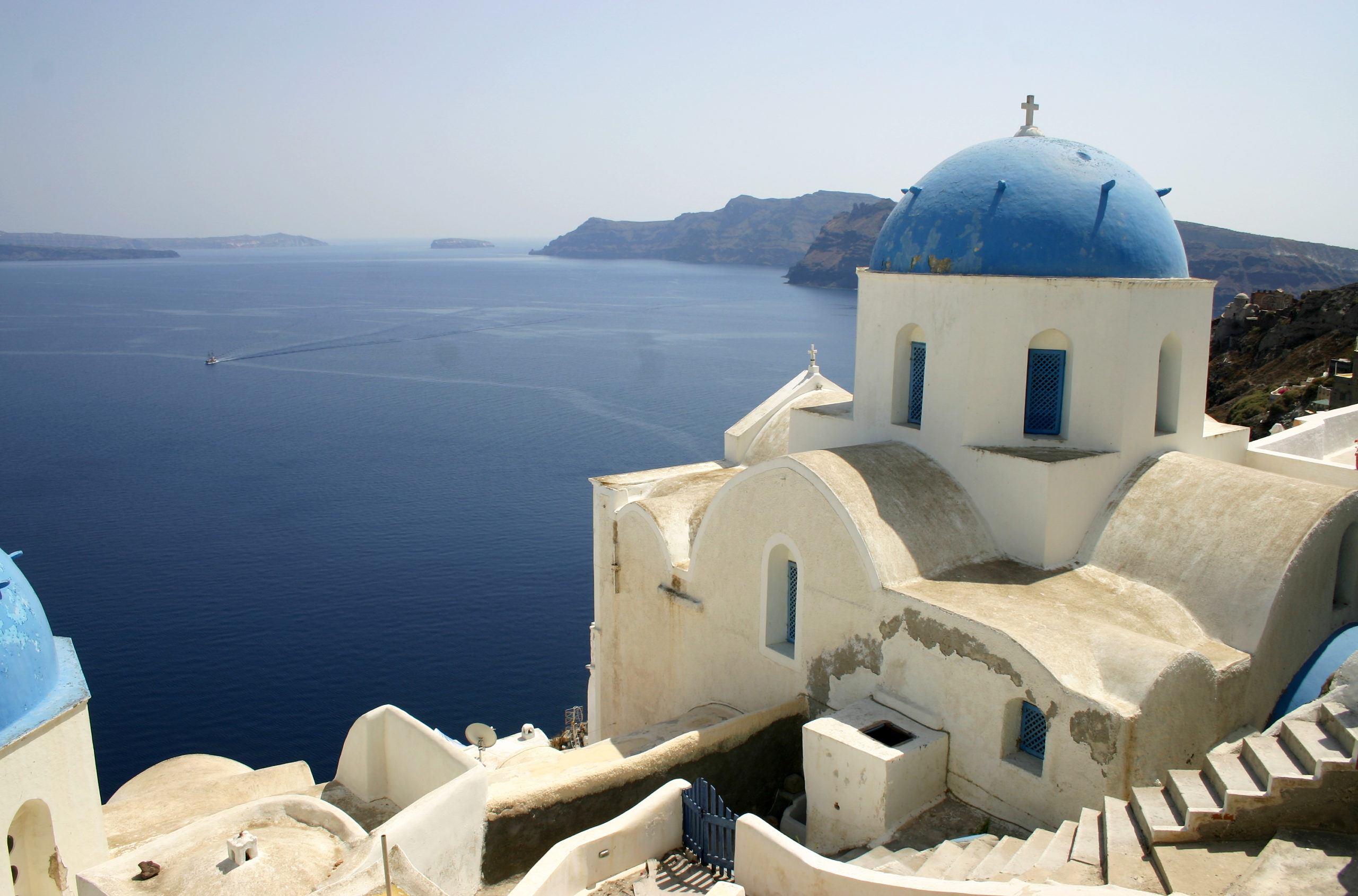
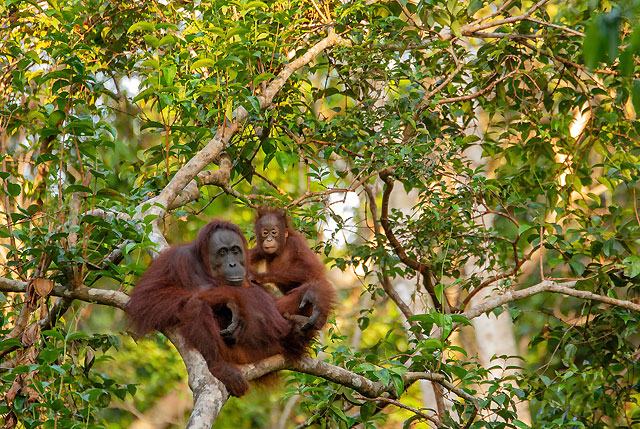
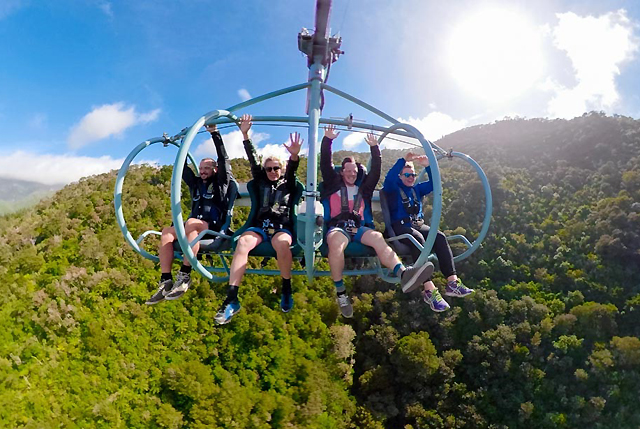
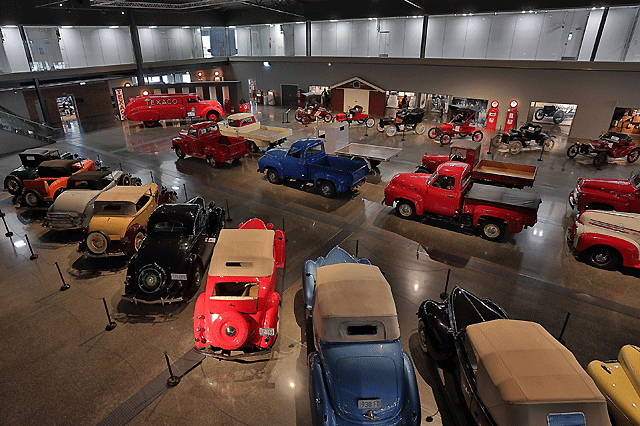
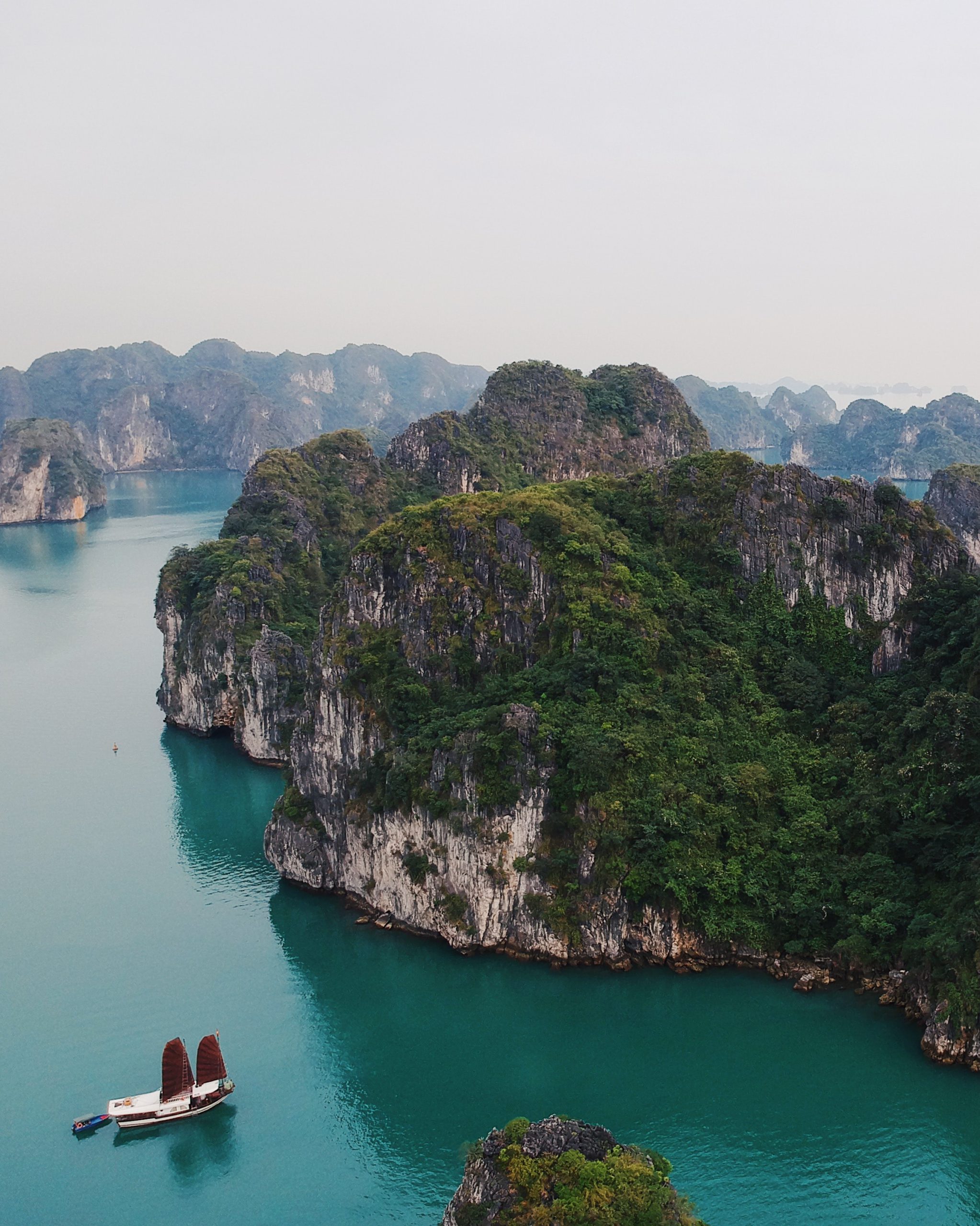
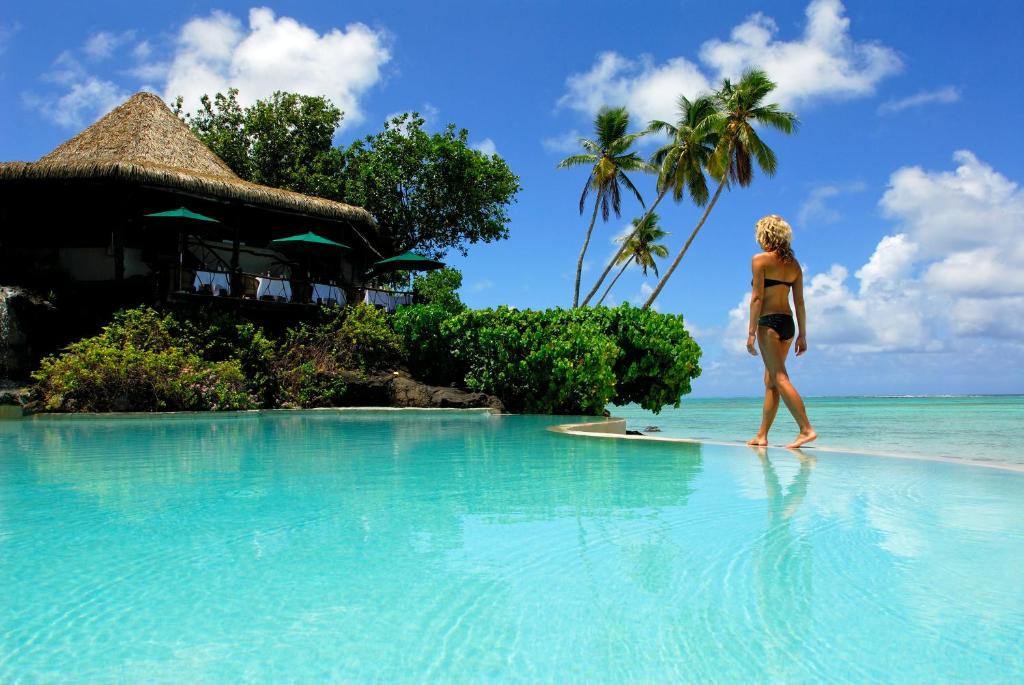
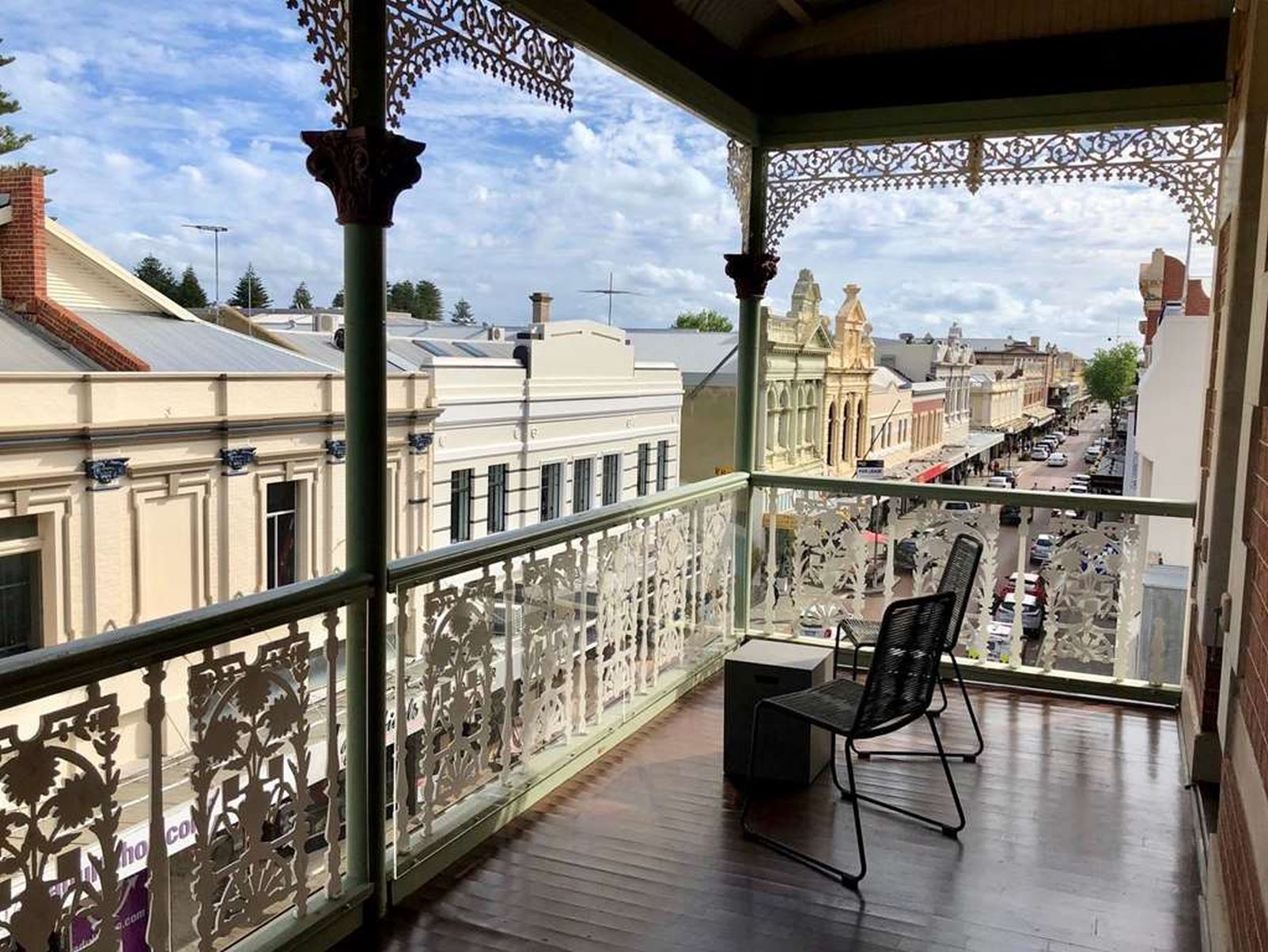
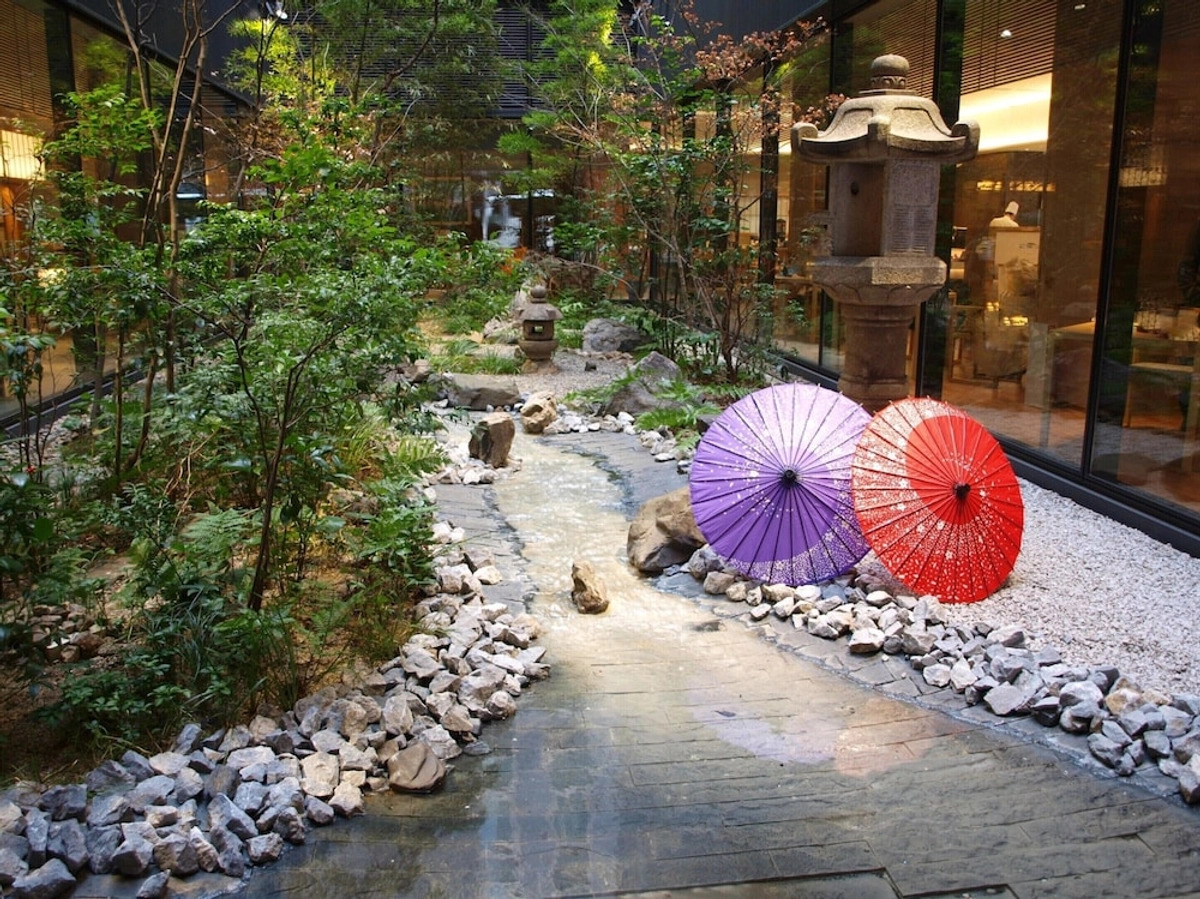



Recent Comments